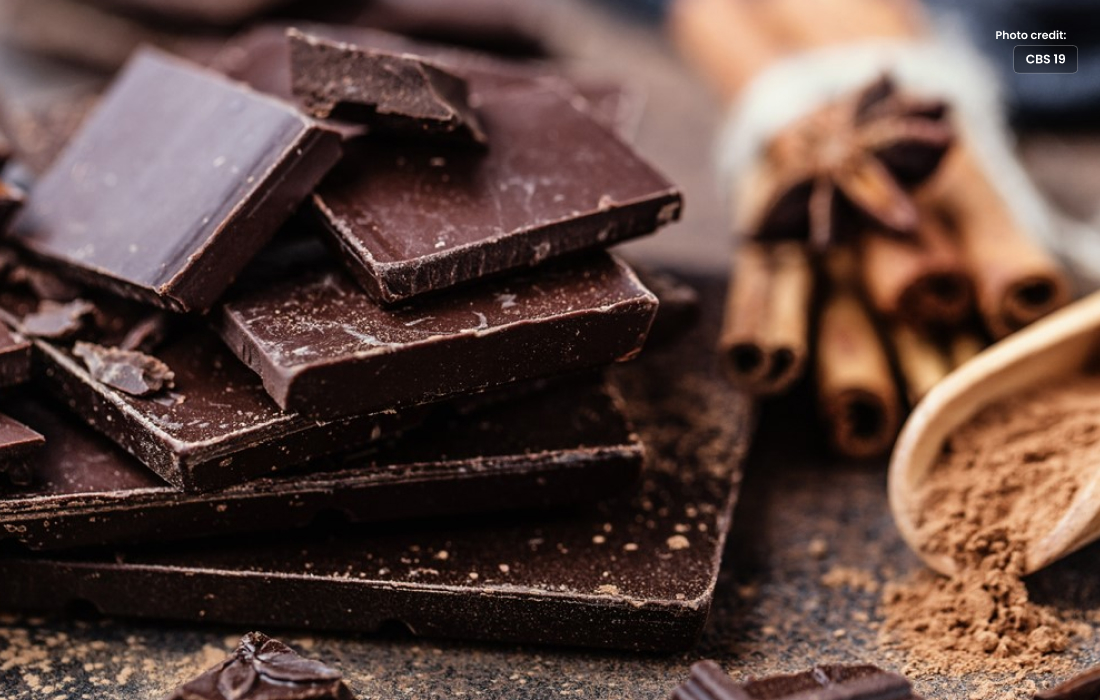Trader Joe’s & Hu dark chocolate found with cadmium, lead contaminant.
According to new Consumer Reports test results, dangerous heavy metals such as lead may be lurking in your favorite dark chocolate brands.
The consumer advocacy organization tested 28 different dark chocolate bars from well-known brands. They discovered that all but five of them contained high enough levels of contaminants that eating an ounce per day could put an adult over the safe level.
Lead
Levels of lead were found to be relatively high in chocolate from brands such as Tony’s, Lindt, Hershey’s, and Hu.
Its poisoning has been linked to cognitive impairment, particularly in children, because it can cause developmental issues and lower IQ.
According to the Mayo Clinic, it can also cause reproductive problems in adults, as well as high blood pressure and neurological issues.
Cadmium
Cadmium levels were found to be high in Lindt, Dove, and Beyond Good products, among others. According to the CDC, the mineral is carcinogenic, and long-term exposure has been linked to kidney disease and brittle bones.
A Trader Joe’s bar was discovered to have high levels of both lead and cadmium.
According to Consumer Reports
Dark chocolate contains more heavy metals than milk chocolate because it contains more cacao, the bean used to make chocolate, which can be contaminated either from the soil it is grown in or after the beans are picked.
The levels found in the testing do not violate any laws because there are no federal limits for lead and cadmium in most foods.
One major risk of heavy metals is that they can accumulate in the body over time, causing health problems as repeated tiny doses add up, According to the Cleveland Clinic.
As a result, it’s important to be aware of the risk, and there may be ways to reduce your exposure by choosing products with lower levels, such as some of the chocolate bars tested, according to Consumer Reports food safety researchers.
“That demonstrates that companies can make products with lower levels of heavy metals—and that consumers can find safer products that they enjoy,” said Tunde Akinleye, the Consumer Reports food safety researcher who led the testing project.
Several of the mentioned brands that Insider contacted for comment referred to a statement issued by the National Confectioners Association, which cites a settlement in California related to contamination concerns.
“The products cited in this study comply with stringent quality and safety requirements, and the levels provided to us by Consumer Reports testing are well below the limits established by our settlement,” according to the statement.
“Food safety and product quality remain our top priorities, and we remain committed to transparency and social responsibility.”
Dark chocolate
Dark chocolate is often thought to be a healthier option, but watch out for contaminants.
Despite contamination concerns, there are valid reasons to indulge in dark chocolate on occasion.
It may be heart-healthy, lowering cholesterol and blood pressure thanks to beneficial plant-based compounds known as flavonoids.
Milk chocolate, on the other hand, contains fewer flavonoids and more additives such as sugar.
However, the nutrient-rich cacao may be the source of the contaminants discovered by Consumer Reports.
Some scientists are attempting to incorporate the health benefits of dark chocolate into sweeter milk chocolate varieties. According to the Consumer Reports researcher, moderation may be your best bet for the time being.
One ounce (30 grams) of dark chocolate equals one serving
“Having a serving few days a week, especially with a lower level product, means you can eat dark chocolate without worrying too much,” Akinleye explained.




